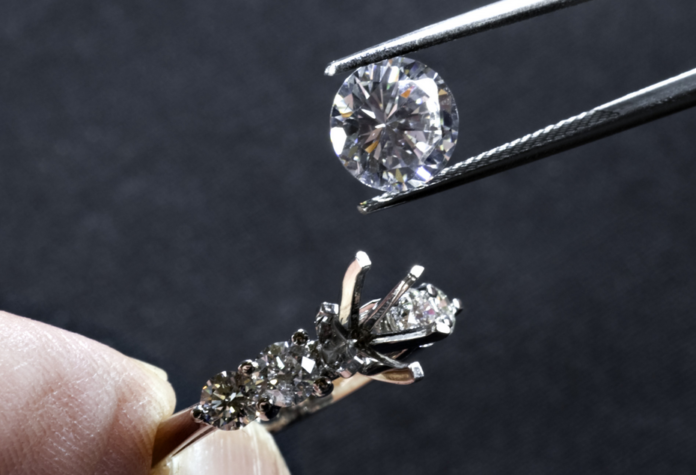The gemstone mining industry is alive and well in the United States with 1,200-1,500 workers.
Americans buy more precious stones than any other country and spend $25.68 billion on them. They love the look of them and want them to be as rare and beautiful as possible.
Read on to learn more about gemstone grading, including how it determines the rarity of a stone and how to use it to choose a gem for yourself.
The Four C’s of Gemstone Grading
There are 3 main types of gemstones.
Precious gemstones include diamonds, rubies, sapphires, and emeralds. Synthetic or composite gemstones such as opalite and goldstone are manmade. All other gems are classified as semi-precious.
Each type is graded based on the 4 C’s; color, clarity, cut, and carat.
Color grades are based on hue, tone, and saturation. Hue refers to the actual color of the gem. Tone is its lightness or darkness. Saturation is the intensity of the color. Gems with pure hues and strong saturation get higher grades, but the effect isn’t as powerful as the other factors.
Clarity refers to whether a gem has inclusions that keep light from passing through it cleanly. This could include minerals, hollow areas, fractures.
The basic judgments for clarity are eye-clean (no visible inclusions) or slightly, moderately, or heavily included. The more detailed GIA or Gemological Institute of America adds Type I, Type II, and Type III.
Cut is one of the most important factors in gemstone grading and the most difficult to judge without a professional eye and magnification. High-quality gems should be cut in a way that keeps them symmetrical and helps them reflect light well.
Carat is the most well-known gemstone quality factor. It’s a way to measure gem weight. One carat equals 1/5 of a gram or 200 milligrams. 1 kilogram or 2.2 pounds equals to 5,000 carats.
The Four Gemstone Grades
There are over 32,400 jewelers in America. They don’t all use the same gemstone grading system, but most follow the GIA system and assign either an AA, AAAA, B, C, or D grade.
AA or AAA-grade gemstones are the rarest and the most expensive.
A-grade gemstones are rare, but they have slight inclusions that the average buyer may not notice.
Gems with B, C, or D grades may come in unique shapes or cuts and or be color-enhanced. They’re not as rare and are the most affordable.
Choosing Gems
Find a color that matches your complexion, preferences, and outfits. Some only come in one color; even the largest tsavorite collection will be full of green gems. Others come in a range of hues for you to choose from.
Finding a gem with no inclusions is difficult and expensive, but try to look for one with no deep fractures or veils. These affect its structural integrity and could cause it to break, which is a major problem for rings.
Be careful to choose the right size as well. Bigger isn’t always better; a smaller gem may look better on you. You can also buy a cluster of smaller gems that looks larger but is more affordable.
Find high-quality graded gemstones that fit your budget and personality by speaking to your local jeweler.
More Gemstone Grading Facts
Gemstone grading is a complex process performed by professionals. They look at factors such as color, clarity, cut, and carat and assign a grade.
Gems are graded to determine their rarity, not their quality. Consider which one matches your needs and preferences in addition to where it fits on the scale.
Read the rest of our content for more information on precious gems.










